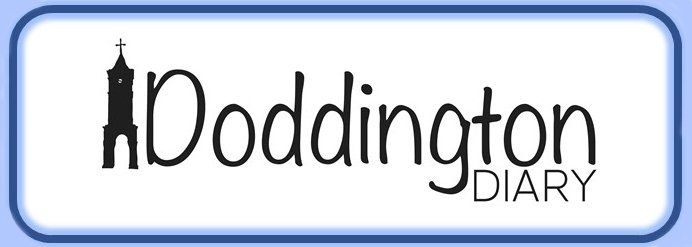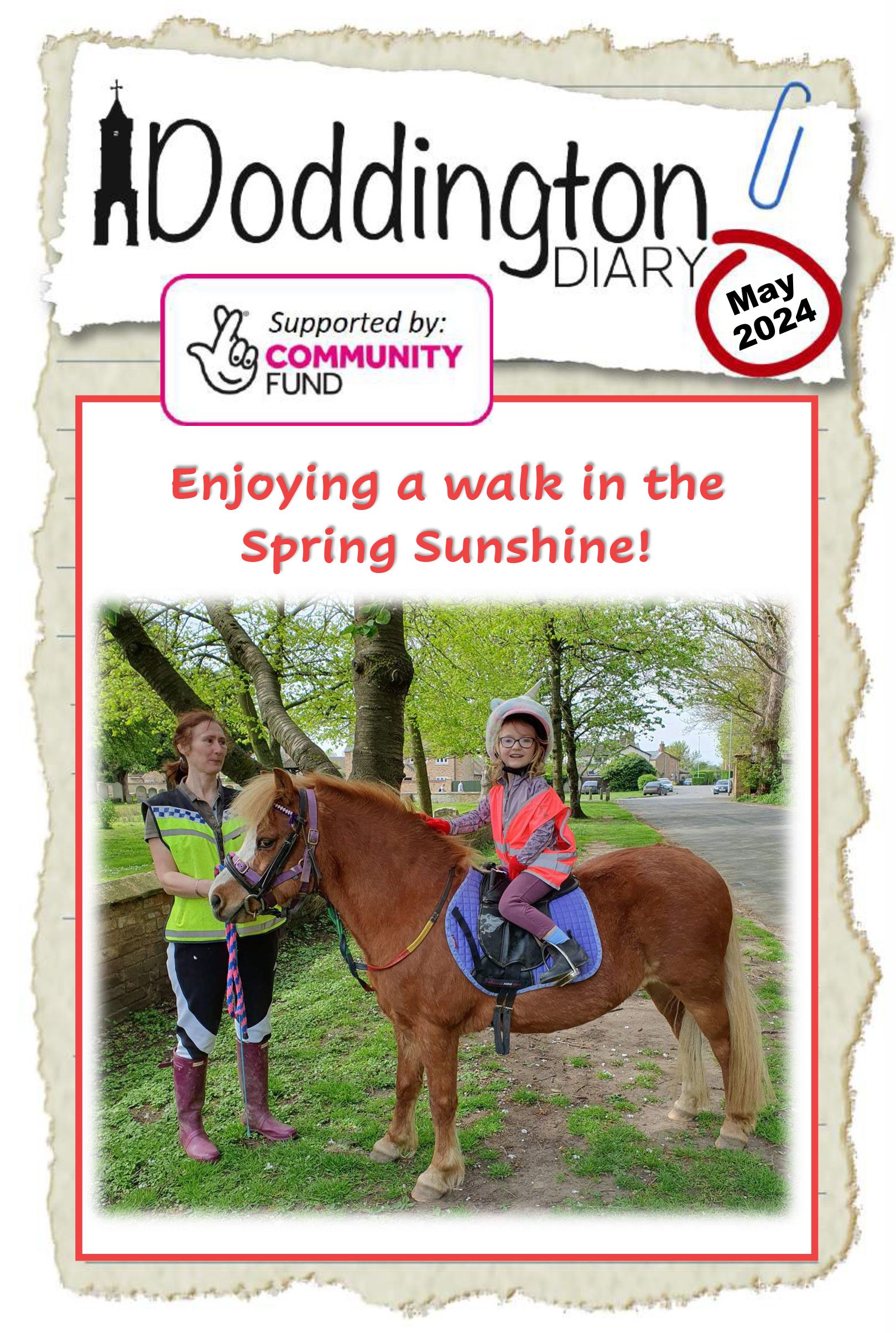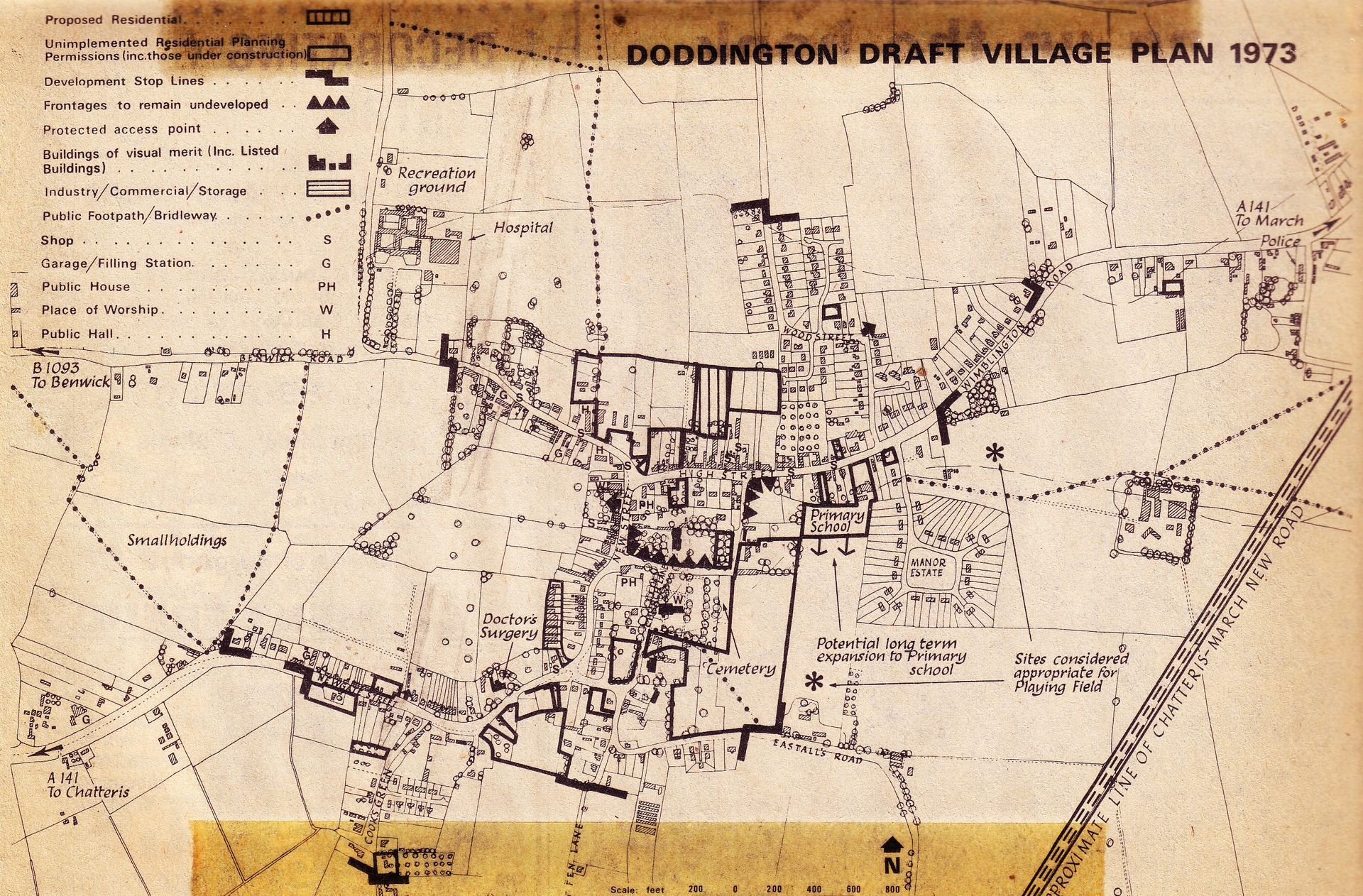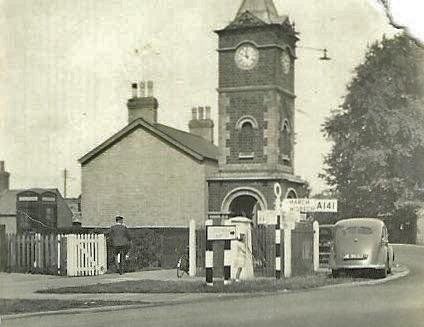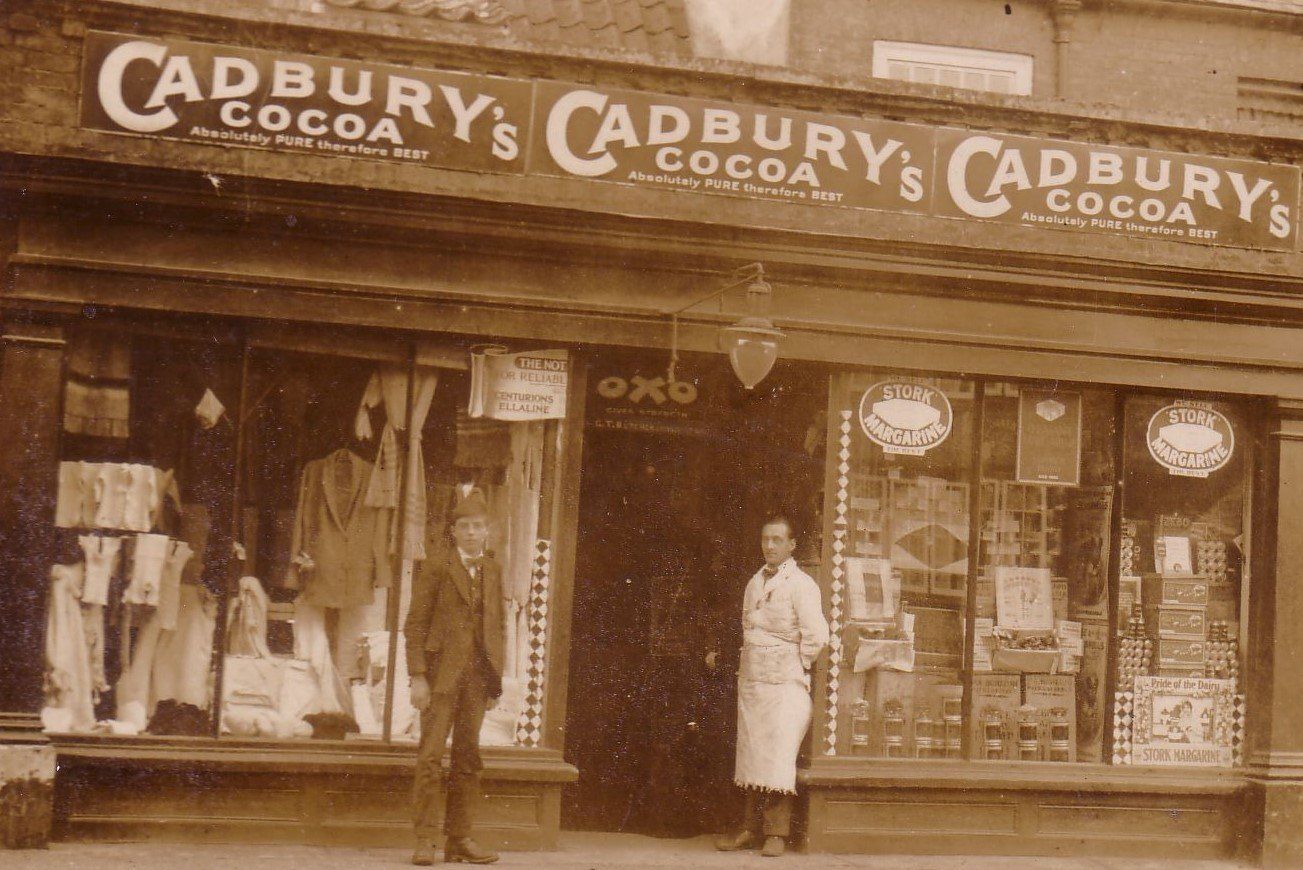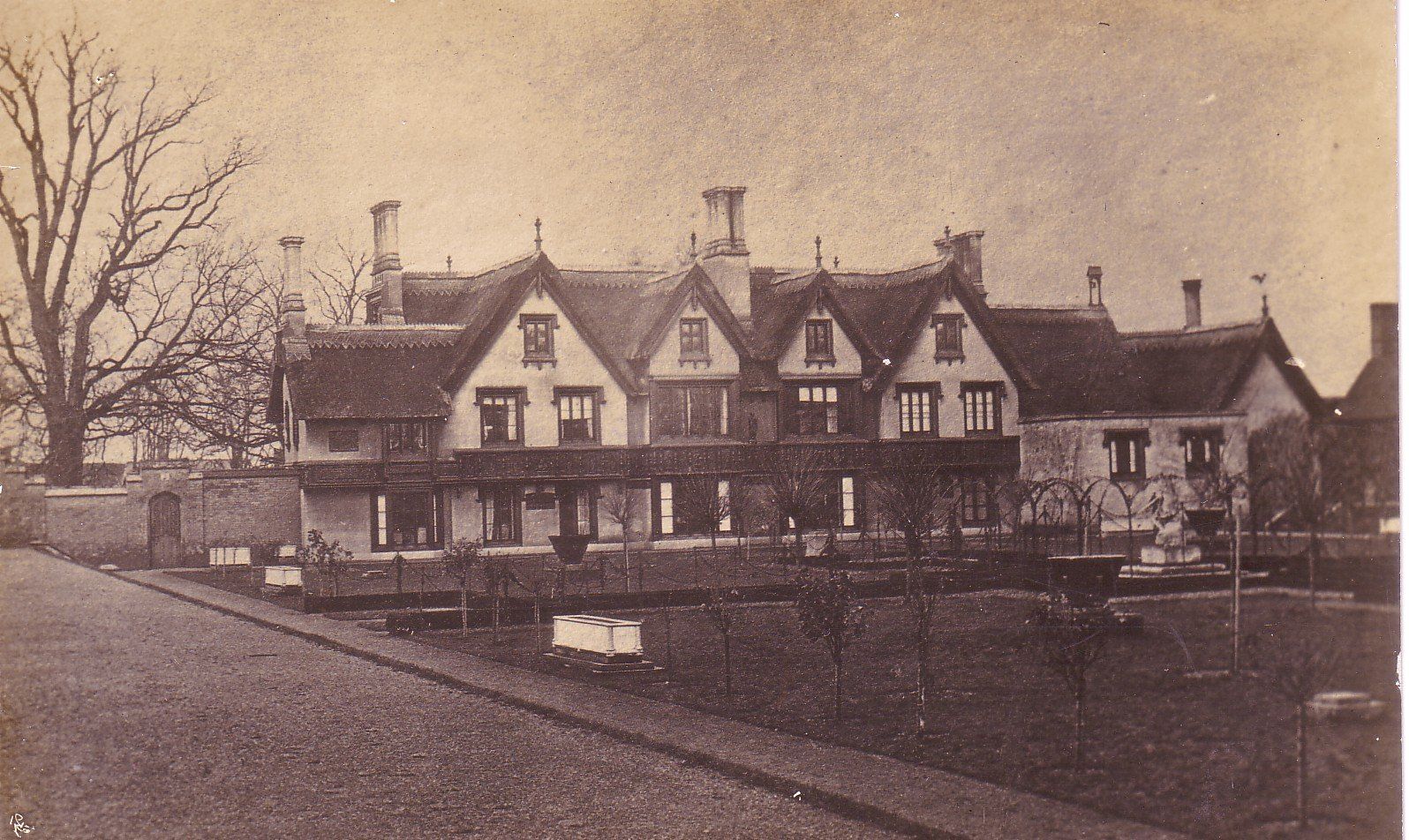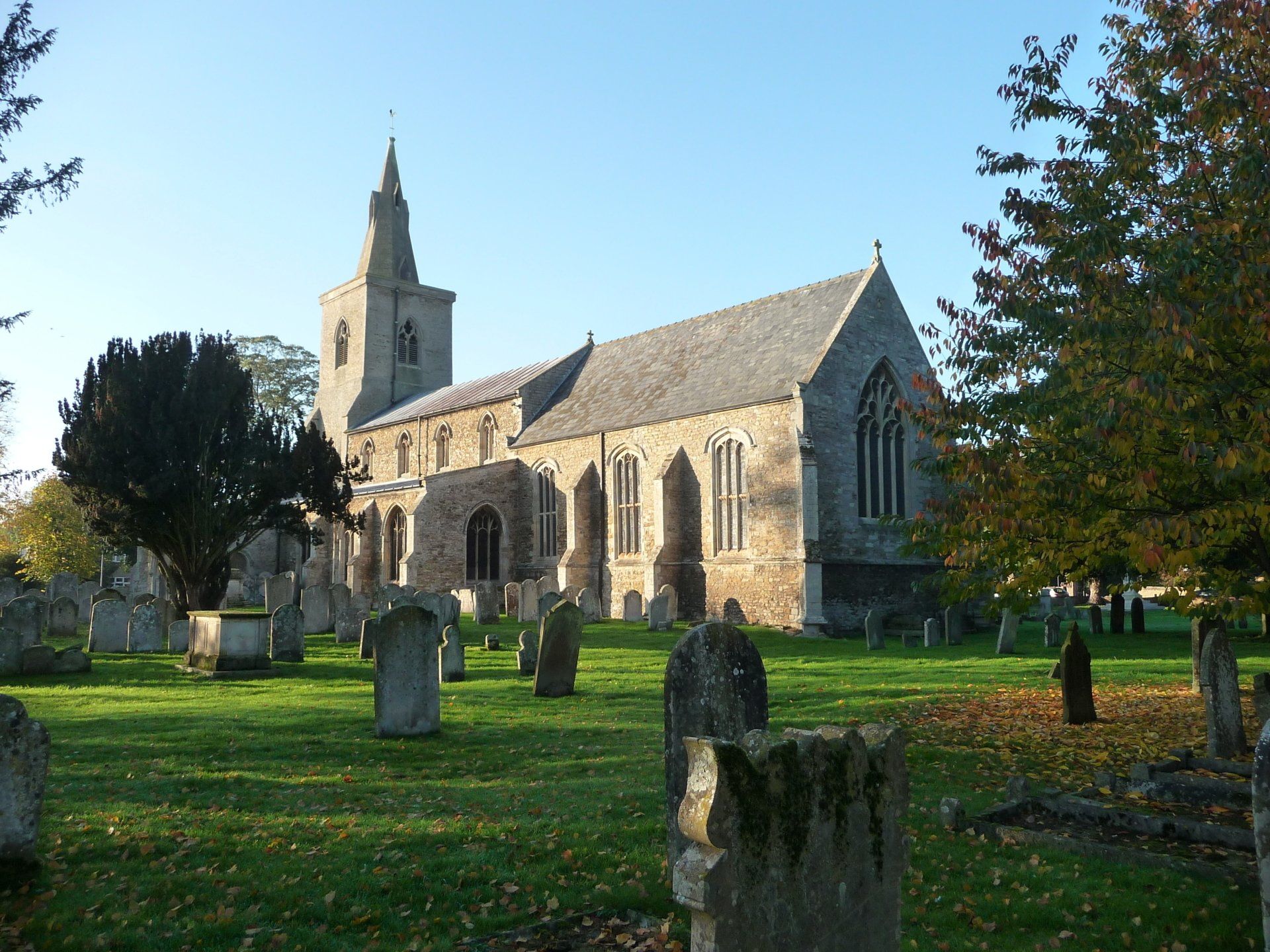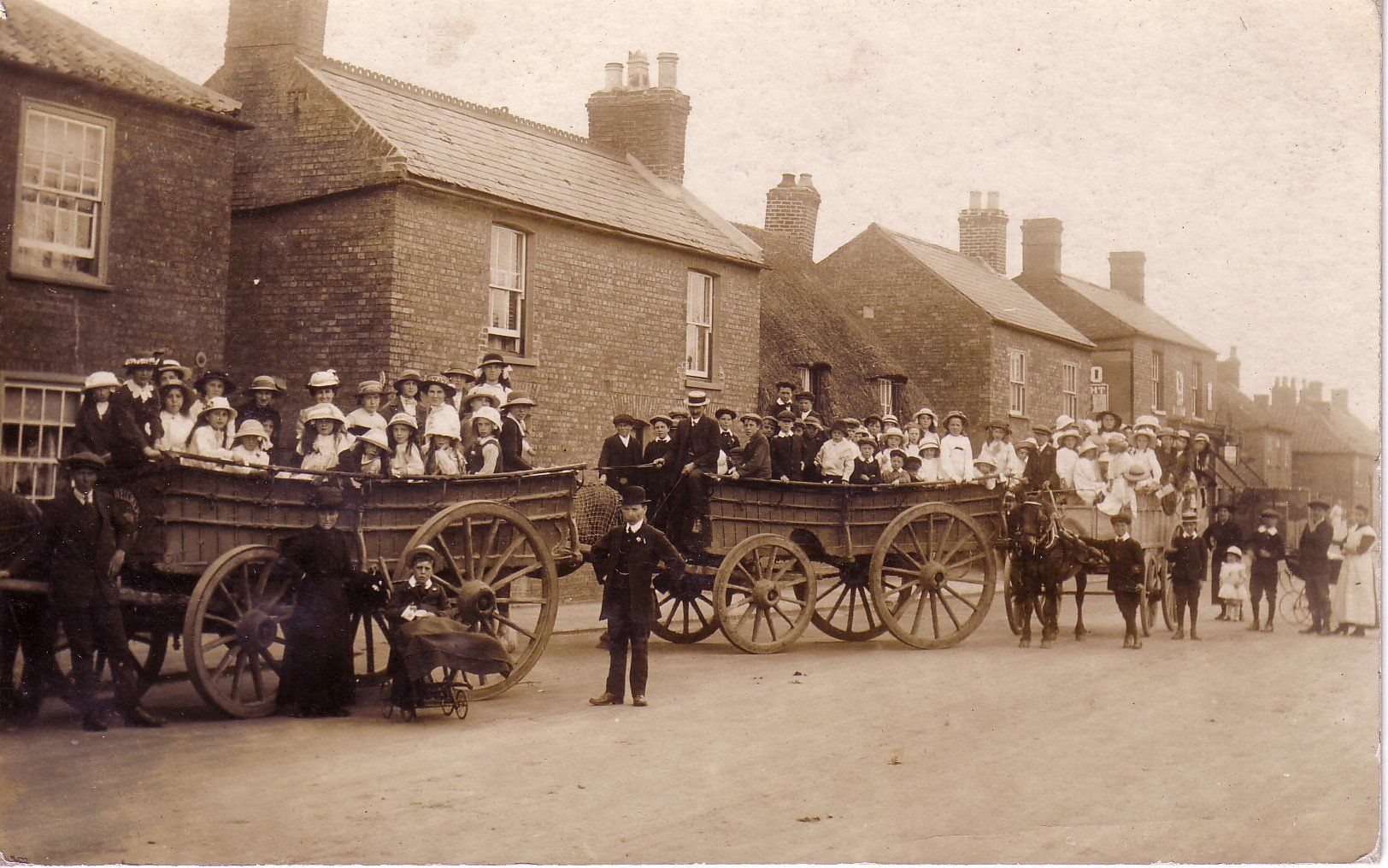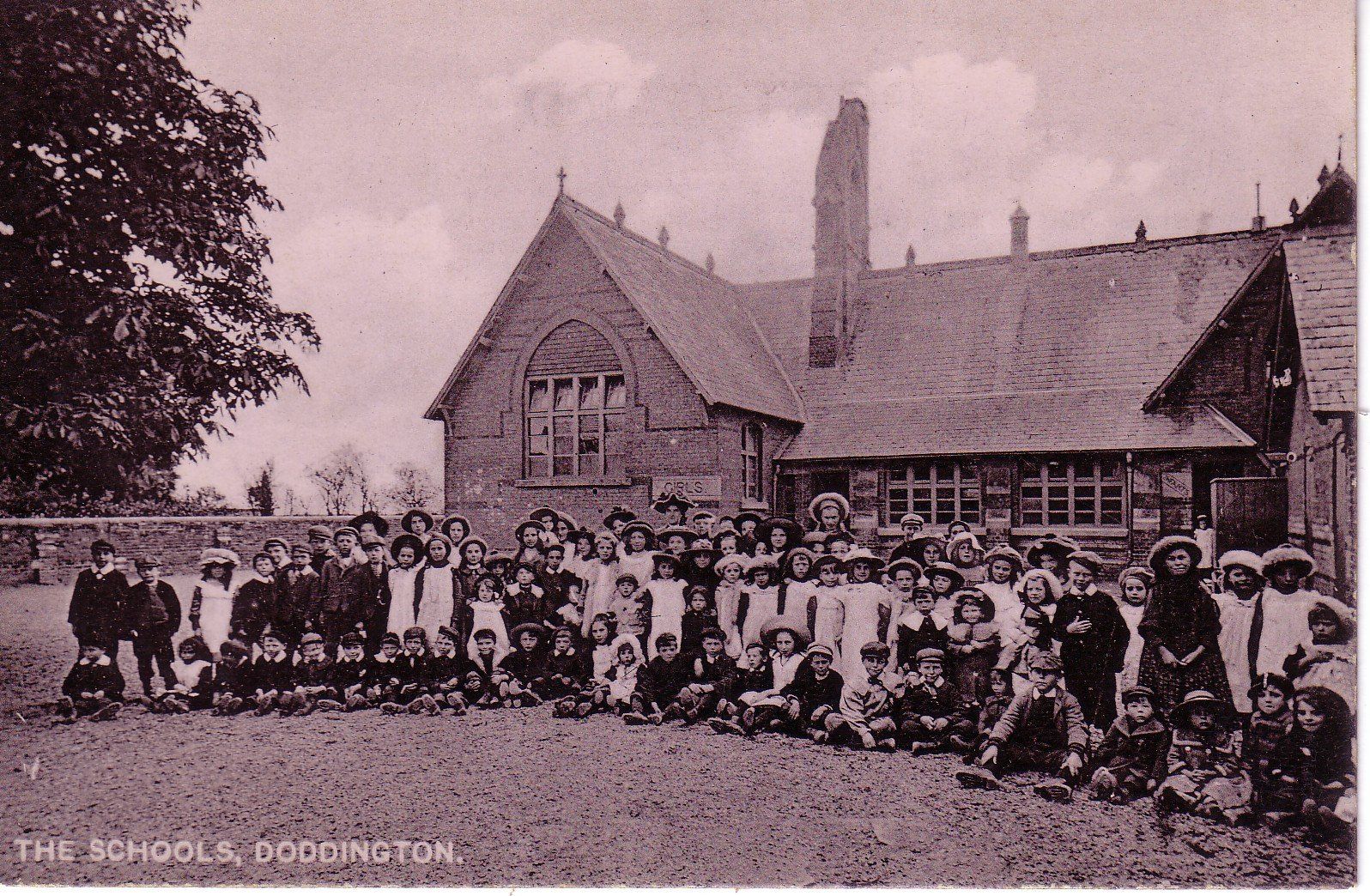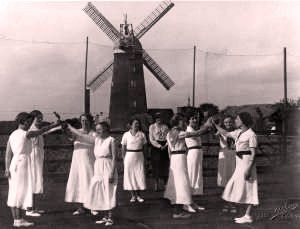History
LOCAL HISTORY
by David Edwards
The name Doddington is derived from the Saxon for Dudda’s farm. The village is mentioned in the Domesday Book of 1086, when the manor was held by the Abbot of Ely, the first Abbot had acquired land at Doddington a hundred years previously.
The Abbots and then Bishops of Ely continued to hold the Manor of Doddington, which included March, Benwick and Wimblington until 1600. The Bishops spent much time at their Palace at Doddington, many documents were signed there during the medieval period and Bishop Balsham died at Doddington in 1286. Sadly nothing remains of the Bishops Palace and even its exact location in the village has recently been questioned.
Queen Elizabeth I forced the then Bishop to transfer the Manor of Doddington to her in 1600. The Queen then granted the Manor to Sir John Peyton, Lieutenant of the Tower of London. The Peyton family continued as Lords of the Manor until 1920, though no members of the family lived here after 1868.
The Rectory of Doddington, which until 1868 also included March, Benwick and Wimblington, was the largest ecclesiastical parish in Cambridgeshire at 38,000 acres, and following the drainage of the Fens, the tithes and glebe rents made it the most valuable in England by the 19th century, providing an income for the Rector of around £10,000pa. The valuable rectory had been held by several important men including the Elizabethan musician Christopher Tye, Baptist Proby, Dean of Litchfield and a number of high officials of the University of Cambridge and others who went on to achieve high office in the church.
Unfortunately the 15th century thatched rectory house was destroyed by fire in 1871. The Victorian replacement is now known as Doddington Hall.
The parish was split after the death of Rev Algernon Peyton in 1868, and new churches were built in March and Wimblington for the new parishes.
St Mary’s church is of 14th and 15th century construction and contains a fine early William Morris & Co stained glass window and a large coat of arms of Queen Anne. The 14th century Cross near the church was erected in 1932 with a modern shaft after it was rediscovered in a local farm yard.
The Methodist Chapel in the centre of the village was built in 1888 replacing an earlier building in Cook’s Green. Two Baptist chapels at Primrose Hill and Puddock’s Bridge closed in the 1930s.
The North Witchford Union Workhouse was built in Doddington in 1838/39 to serve the towns of March and Chatteris and villages of Doddington, Benwick, Wimblington and Manea. In 1941 this was converted to a General Hospital under the Wartime Emergency Scheme and became part of the National Health Service in 1948. Surgical and Accident and Emergency departments were closed in 1988 and the old Workhouse buildings demolished in 2003. Now only a Minor Injuries Unit and Out-Patients departments remain.
The Lionel Walden School opened in 1789 as an Endowed Charity School, the result of a legacy left in 1719 by Walden, a wealthy landowner in the village. A new school was built in 1878 to accommodate the additional children as a result of the 1870 Education Act. The buildings have been greatly extended in recent years.
In 1897 a Clock Tower was built in the centre of the village to commemorate Queen Victoria’s Diamond Jubilee. In 1938 this was taken down and rebuilt 30 feet away to improve visibility at the Benwick Road junction.
Nearby is a small building which served as the village Fire Engine House from 1833 to 1945.
The village originally had three windmills, but only one survives in High Street, it having had its sails and cap removed in 1958, leaving only the brick tower of c1840.
A Scout Hall was built in 1963 and the new Village Hall in 2001, replacing a wooden building constructed in 1936. The Church Rooms were built in 1895 and originally served as a library, billiards and reading room.
Two Public Houses, the George and Three Tuns remain of the 13 in the village 100 years ago. They both date from the 18th century.
The population of the village in 1851 was 1,454 and actually fell to 1,399 by 1981, but had steadily risen to 2,181 by the last national census in 2011.
